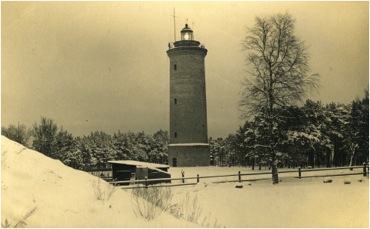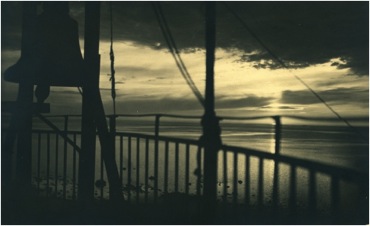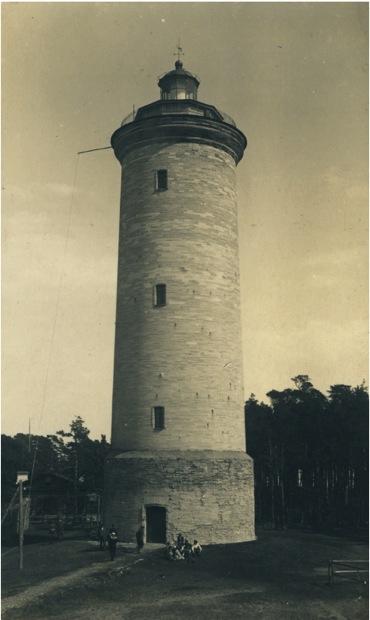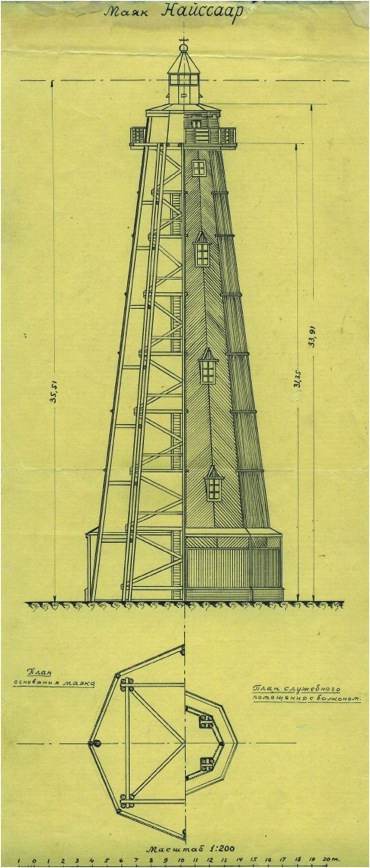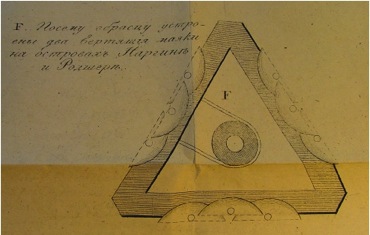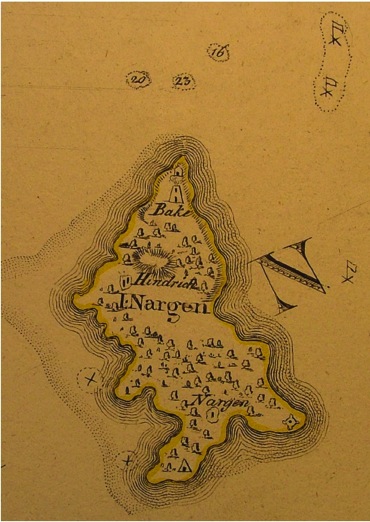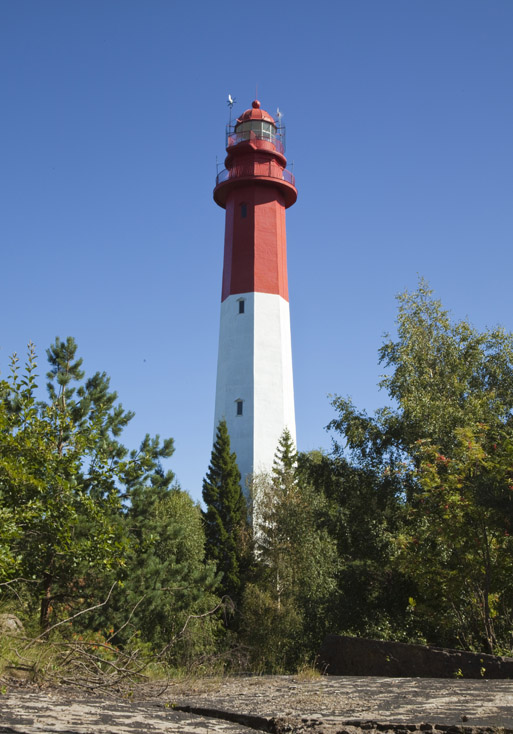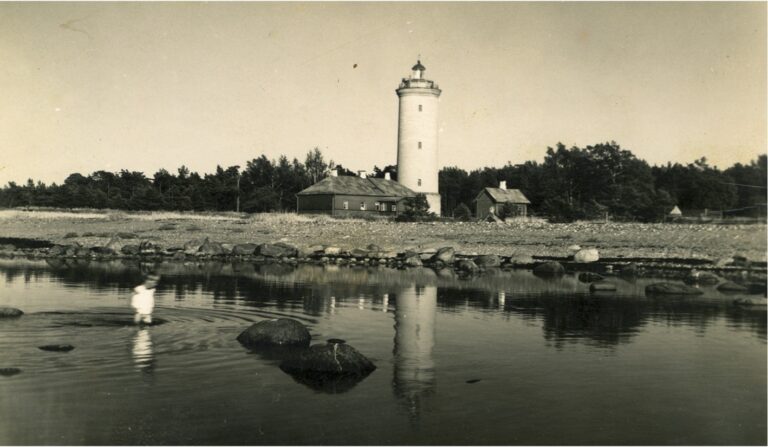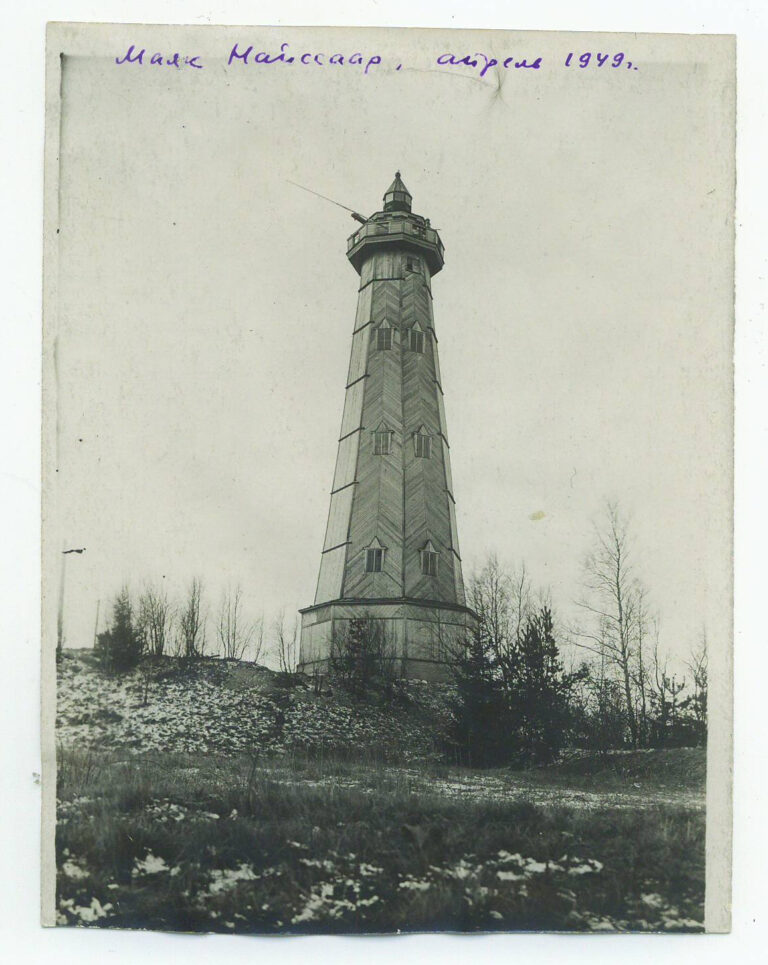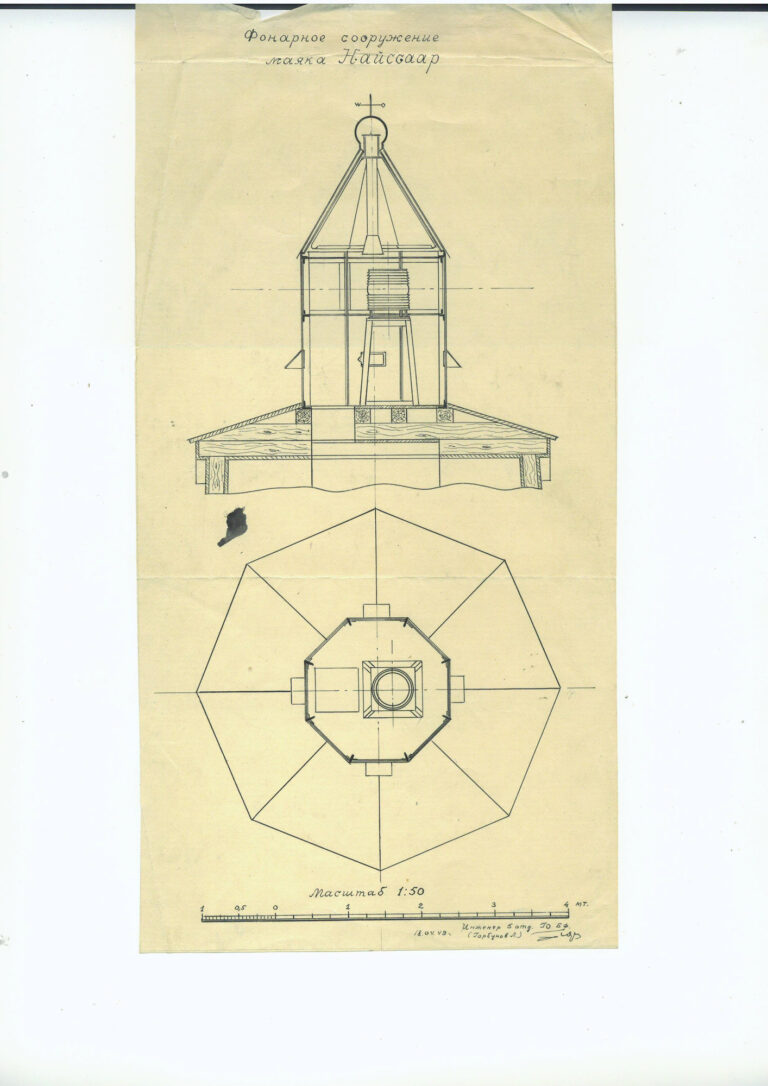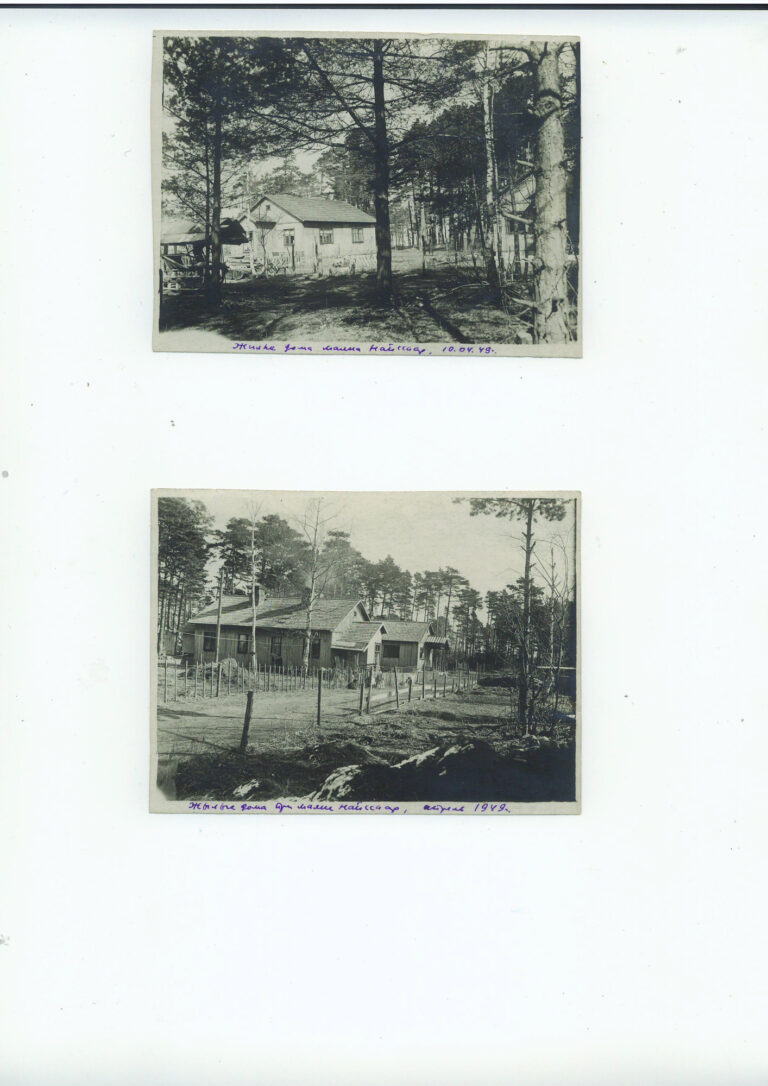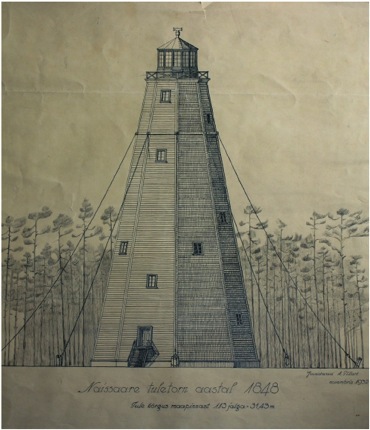
From 1718, Peter I is known to have ordered the construction of four high stone dams in place of the wooden targets of Aegna and Naissaar. This was in case it was not possible to build a stationary marker at Tallinn Low. In 1788, a wooden lighthouse was built on the north wing of Naissaare on the recommendation of the Scottish Russian admiral Samuel Greigh, and there were plans to build one on the south wing of the island. The lighthouses were intended to help ships reach Tallinn harbour at night. An oil-lighted lighthouse is mentioned in the list of lighthouses under the Tallinn harbour in 1792.
In 1814, plans were made to build a new lighthouse on the northern tip of Naissaare. In order to distinguish the light from the others, rotating lights were designed to point towards the horizon and be located up to 40 feet above sea level. In Gavril Sarachev's 1817 logbook, a lighthouse on Naissa Island was recorded as having a rotating light at 45 feet, visible every two minutes for 12 miles. The lighthouse was severely damaged in the flood of 1824, and a new wooden lighthouse, 50 feet taller, was built 100 yards to the southeast. The lighthouse still remained with a rotating fire.
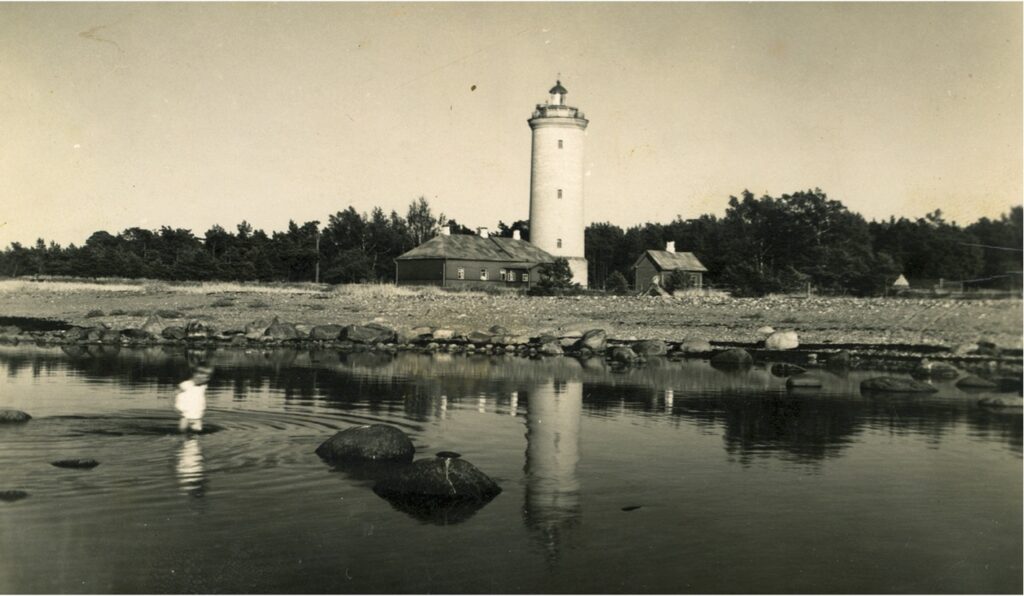
In 1849, a new 38 m high, white-painted lighthouse with a round base of limestone was built on the northern tip of Naissaari to replace the old dilapidated wooden tower. A stone spiral staircase ran between the outer wall and the central cylinder. A vertical shaft in the centre of the cylinder allowed the weight of a rotating light mechanism to move. In 1854, during the Crimean War, the lighthouse was sacked by British and French troops and the service buildings burnt down. In 1856 the lighthouse was restored and in 1862 another major repair was carried out. In 1879, the lighthouse was equipped with a rotating light apparatus with 12 reflectors and oil lamps, located 38 m above sea level and visible for 13 miles. The device made a full rotation in one minute, during which the light was visible for 10 seconds. A dwelling, barn and sauna were located near the fire tower. In 1890, the lighthouse was equipped with a stage II rotating dioptric apparatus.
In 1900 the lighthouse already had a telephone connection with Tallinn. In case of poor visibility, the complex was equipped with a fog bell. When the Tallinn worm light was not in position, the light of the Naissaari lighthouse was red. In the 1920s and 1930s, the lighthouse in Suurupi or Naissaare was lit red instead of white when the navy fleet and naval garrisons were conducting firing exercises between Naissaare-Suurupi or Naissaare-Aegna. Shipping traffic to Tallinn was then directed either to the northern or western shipping lanes. By 1925 there was an international signal station at the Naissaare lighthouse, which exchanged information with signal flags. Naissaare's old limestone lighthouse and its service buildings were destroyed by Soviet forces in 1941. All the present service buildings except the basement - two dwellings, a sauna, a technical building and a generator house - were built in the second half of the 20th century.
In 1946, a temporary 38 m high eight-storey wooden lighthouse was built, with a light on top, 46 m above sea level. By 1950 the new building had probably been electrified. In addition, an acetylene lantern with a similar light character was kept in the lantern room. The visibility of the main lantern was 15 miles, that of the back-up 10 miles. The lighthouse was painted white on the bottom and red on top by 1955.
In 1960, a new 45 m high reinforced concrete lighthouse in the shape of an eight-storey truncated pyramid was built, painted in the same way as the previous one, with a light height of 47 m above sea level.
The lighthouse in reinforced concrete, with its traditional form, stands out for its functional simplicity and its slenderness. The lighthouse was equipped with electric generators and battery-powered lighting. The visibility of the fire was increased to 19 miles. By 1961, the lighthouse was equipped with a radio beacon. By 1966, an electrically powered sound signalling device, the nautophone, had been added. In 1999, the tower underwent a refurbishment and the lantern room was replaced. In 2001, the visibility of the light was reduced to 15 miles. In 2005, an LED lantern was introduced and the visibility was increased to 12 miles. In 2004, Naissaare lighthouse was still one of the last to have a commander.
